HFN: You have worked with a number of manufacturers as a consultant, can you tell us for whom you have designed IEMs?
OM: I have designed obviously all the product for LiveZoneR41, then I helped to design a four and six drivers IEM for a company (not a German one) that isn’t worth to be mentioned. I designed also a very neutral IEM that is very popular on the market (sorry I cannot tell the name, I signed an NDA) for a company that’s working really close with the pro audio market. The man I worked with had a clear picture in mind of what he wanted, a reference monitor, and he was able to let me know what he exactly wanted (and I was able to make exactly what he wanted)
HFN: You also helped Vision Ears create their VE8, how did that happen? How long did it take to finish?
OM: Yes, I helped VE to create another great product, the VE8. I met Marcel and Amin from VE few years back at the Prolight&sounds exhibition in Frankfurt. They listened to some of my products and asked me if I could help them design a new product. I started working for them in 2017 and the VE8 was born. Designing an IEM can be easy, but getting the sound right, can be a quite long process. They had clearly in mind what sound signature they wanted, that is the first point, then how many drivers to use, how many tubes, crossover points, and the shell size. With this information I started thinking about what drivers I could use, and how to combine them. I did a first demo assembly to listen to and made some tweaks. Then I sent them the demo, they listened to it and the demo went back and forth a few times, until we were all happy, at the end it took a few months. I do have some very good friends, who are also very good sound engineers, that I trust, so when I have a demo I send it to them, in order to get more feedback. This helps me to be as impartial as possible, not to be influenced by the fact that it is something I have designed.
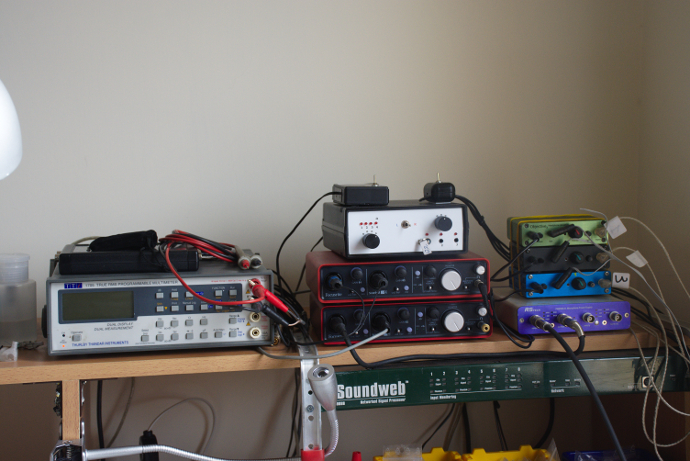
Oliver Marino
HFN: Who are you currently working for? Any cool projects you can tell us about?
OM: I am still working for VE, I like them and for sure there will be lot of exciting new stuff coming up, but I cannot tell you more 😉
HFN: What is the most exciting technology you have come across in the IEM field in the recent past?
OM: There are?.. ahahah Well, if you look at the course of this technology, at the very beginning there were really simple earbuds with all the limitation, so the first innovation was the idea of using hearing aids drivers for the earpieces of the pro audio market. At the beginning those drivers were not really good sounding devices, they where made for a different market with different needs. Then the idea of using multiple drivers to split the audio band was another kind of innovation. The manufacturers for such drivers started to gain interest for this new market and started to develop new and more accurate drivers. Nowadays you have a wide range of different drivers available, sometimes with some interesting technical solution, but the point is, in my opinion, that the BA technology has reached almost its limits, so there is the need to move towards a new technology. Maybe mixing different technologies together. People want wearables with lots of functions, smaller and smaller. Probably the old 3.5mm jack will disappear, at least from smartphones, so there is the need to go wireless but with high quality.
HFN: Do you think customers are too concerned about technical specifications?
OM: Technical specifications are important, because they can tell you something about the product, but I am deeply convinced that the final judgement is by the ear. Too often rather simple acoustic/electric solutions are sold as the holy grail in order to attract people that think technical specs are the most important thing. Sound is a quite complex science, because it involves emotions and psyche. Some aspect are real, but some are also impalpable, they are sensations or even suggestions, so there is a point where it is difficult to establish what is real and what is not. Two different IEMs even with identical frequency response and same impedance can sound different, because maybe the drivers are different and they react in a different manner.
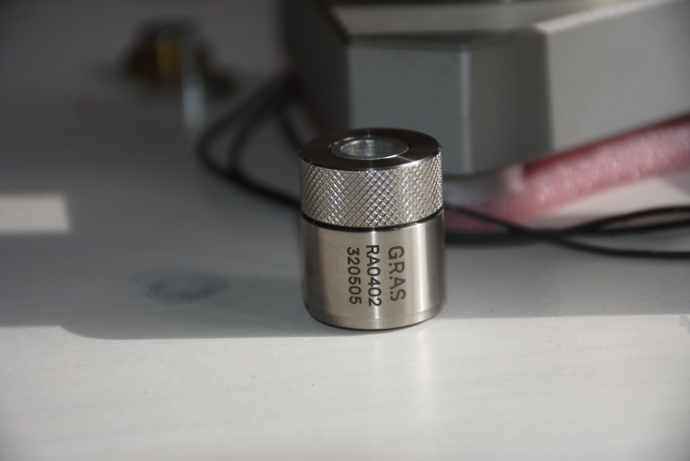
Oliver Marino
HFN: What is the biggest mistake a manufacturer can make when designing a new product?
OM: In my personal opinion, copy others. Besides not being ethically correct, it is a sign of not having your own identity.
HFN: Do you usually go for an Oliver-house-sound or do manufacturers give you a guide-line when designing for them?
OM: I do have a personal sound signature, but I also have to take into account the preferences of the manufacturers. I have to say that working as a monitor engineer has helped me a lot, because sometimes some musicians ask me for a specific kind of sound and a mix completely different from my taste, but it is their taste so I have to make them happy. Obviously my idea of sound at the end is in the products I design.
HFN: What are the typical boundaries when designing an IEM? How do you overcome them?
OM: When you design IEMs you are dealing with small dimensions. Ear tips and shells are not an infinite space where you can put lots of tubes and a lot of components inside, so you are constrained by limits to get to the result. Here comes into play how deep you know the matter, to overcome the limits and get almost the same results. It is often a process of experimenting with small changes. With this order of magnitude a change of 1-2 mm into a tube can make the difference, usually I have in mind what I want to reach, so I keep trying until I get the right spot. It is a trial and error method. When I go to bed, I often reorganize thoughts and often I have insights when I am about to fall asleep . My way of design an IEM is made of different processes and tools like ear simulators, acoustic and electronic software, DSP, passive and active crossovers, scissors, pliers, cutters, hand made tools, and everything contributes to achieving the result. Recently I have purchased the new GRAS Hi Resolution Ear coupler, that is more accurate past 8KHz and up to 20KHz, so I can be more accurate at high frequencies.
What’s Oliver’s take on Burn-in? Find out on the next page!





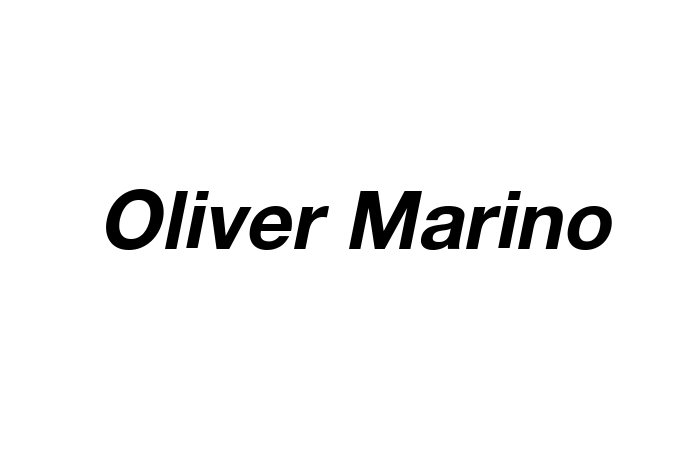
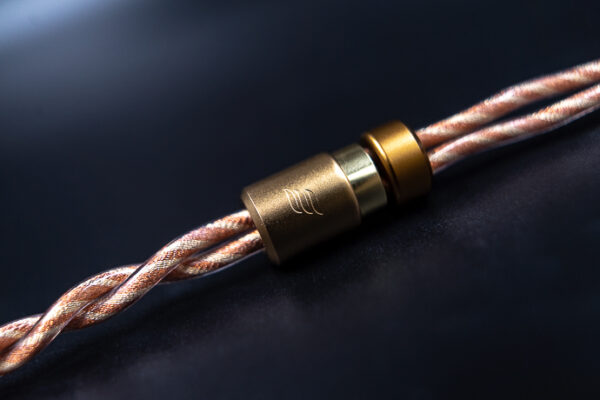
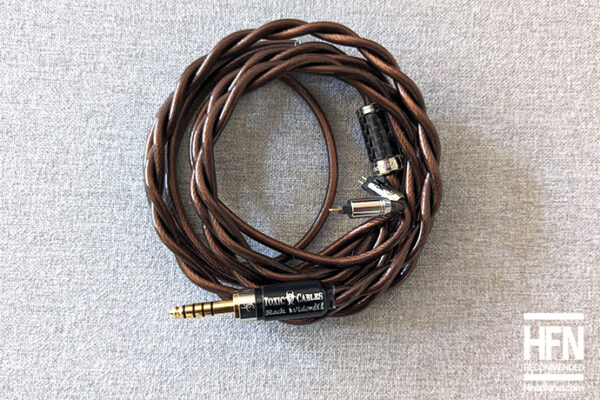
Dmitri
Thanks!
When Oliver answered the question about his participation in the well-known products, a hint of UERR were quite transparent)
Oliver Marino
Just to clarify,
I am not involved in any way in the UERR,i said that I like it, that’s all ????
Linus
Thanks for the clarification Oliver!